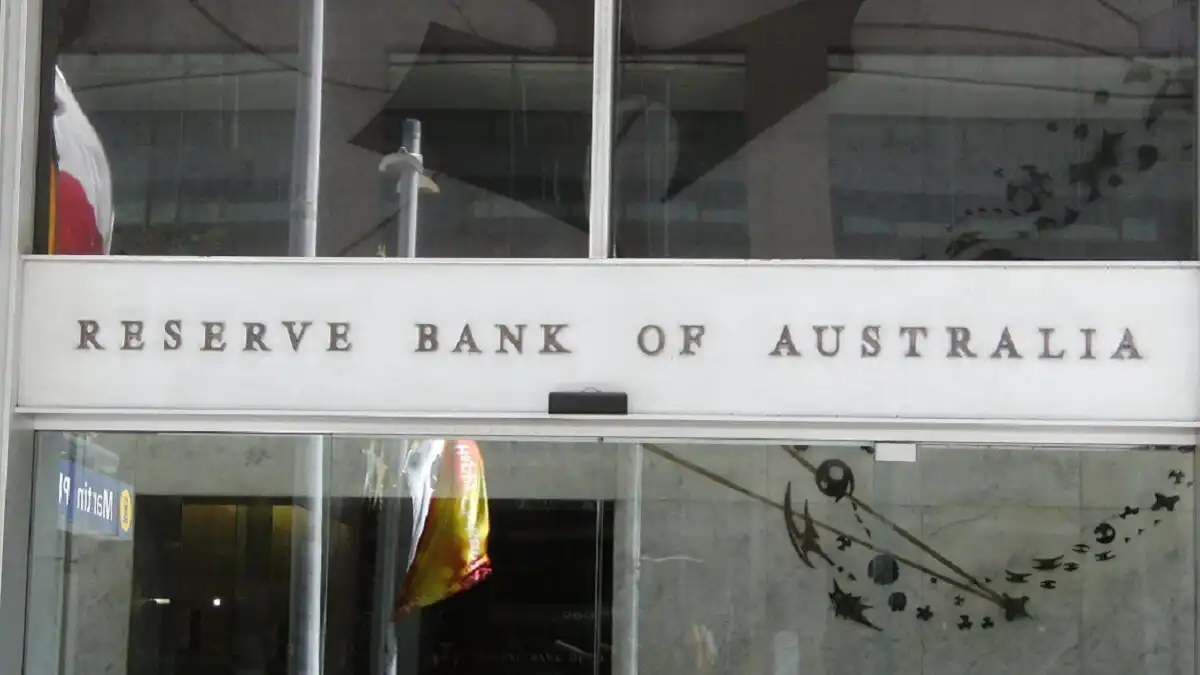The RBA cash rate will stay at its 12-year high of 4.35% in August, with many economists fueling optimism a rate cut could come by year-end.
That's good news for home loan borrowers battling against the highest interest rates faced in over a decade.
For many, relief likely can't come soon enough.
A quarter of mortgage holders have less than $5,000 in savings, according to more than 1,000 Australians surveyed by InfoChoice in June, and a rate cut could have monumental implications for their finances.
The RBA's latest decision comes after headline inflation was found to be in line with the central bank's forecasts in the June quarter and on-track to return to its targeted range (2% to 3%).
However, the RBA board didn't go so far as to shift to a dovish bias, warning it still isn't "ruling anything in or out".
"In underlying terms, as represented by the trimmed mean, the CPI rose by 3.9% over the year to the June quarter, broadly as forecast in the May Statement on Monetary Policy," the board's post-meeting statement reads.
"But the latest numbers also demonstrate that inflation is proving persistent.
"The board remains resolute in its determination to return inflation to target and will do what is necessary to achieve that outcome."
The cash rate is the RBA's only weapon against inflation, which ran rampant on the back of the pandemic.
It's also commonly dubbed a blunt tool as it impacts different segments of the economy in different ways, with borrowers suffering under the burden of higher rates while depositors rejoice.
RBA governor Michele Bullock will front a press conference at 3:30pm AEST on Tuesday to further explain the August cash rate decision.
Questions on whether the recent global stock market plunge and the reverberations felt by the ASX on Monday bore any weight in the central bank's decision could be expected, though Ms Bullock mightn't want to add to speculation
Rate cut tipped for November 2024
While inflation isn't tamed just yet, experts predict it will soon be, and the RBA might even consider cutting rates in November according to economists at CommBank and Westpac.
That view appears to be echoed by ASX traders, with the market now fully pricing in a rate cut by December.
ANZ and NAB economists aren't so certain, predicting the first cut will come in February and May 2025 respectively.
CommBank head of Australian economics Gareth Aird admitted ahead of the RBA's Tuesday announcement that the data flow still offers "wriggle room" that could see the cash rate kept on hold past the end of the year.
"The risk clearly sits with interest rate relief not arriving until [the first half of 2025]," Mr Aird said.
"But we believe the data will continue to evolve in a way that sees the RBA cut the cash rate in November."
Mr Aird expects inflation will be mitigated by the Federal Government's energy rebates in the current quarter, driving the read back into the RBA's target range.
The RBA's August Statement on Monetary Policy sees the central bank predicting inflation will return to the top of the targeted range by the end of the year before dipping slightly then shooting higher, eventually receding back into target by December 2026.
What could the cash rate hold mean for house prices?
News of a hold (and potential of a looming cut) might be good news for borrowers, but it probably won't mean much for house prices, CoreLogic research director Tim Lawless notes.
"While stable rates and lower inflation should help to lift consumer sentiment, which has historically shown a close relationship with property sales, the August hold decision may not be enough to see that rise in consumer sentiment flow through to housing market activity," he said.
"Recent growth in property prices has had more to do with low supply, tight rental conditions, and demographic factors than sentiment through the housing upswing to date."
Further, the impact of such factors on house prices across the nation are starting to wane, the expert said.
Australian property values lifted just 1.7% over the three months to July, compared to 3.3% over the three months to June 2023.
"Even if sentiment lifts, an improvement in affordability barriers or strengthening in household balance sheets isn't likely until interest rates start to fall," he continued.
"Whether [a rate cut] will be enough to revitalise the housing growth cycle is open for debate.
"There is a possibility that affordability pressures and, eventually, a housing supply response, will keep a lid on price growth even as rates come down."
Collections: RBA Cash Rates Interest Rates Mortgage News





Share